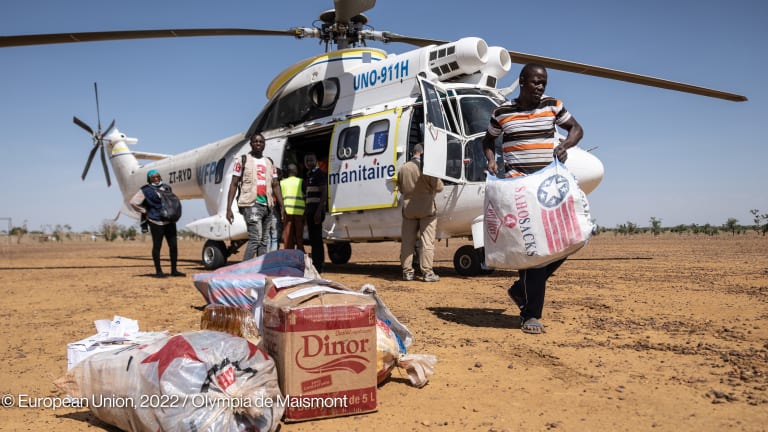
It’s extremely tough – and pricey — to wage the hunger fight in South Sudan. And the World Food Program lists four reasons why:
Cereal production plunged at least 30 percent in 2011, causing a national grain deficit of around 400,000 metric tons in 2012.
The prices of sorghum and wheat flour in most areas are now twice what they were in the same period in 2011, with high fuel prices driving up the cost of transport and, in turn, the price of food in markets.
Tensions in several areas, such as tribal fighting in Jonglei, have intensified since the country declared independence in July 2011, displacing thousands. This makes it difficult to reach those in need of aid.
Most of the roads are not accessible during the rainy season. This means reaching those in need will have to be done by air, adding more cost to the emergency response.
“Taken together, the challenges described above combine to make responding to hunger in South Sudan an expensive business,” WFP says.
WFP notes it is facing a shortfall of $177 million for its 12-month emergency initiative starting January 2012 in South Sudan. The operation, which has a proposed budget of $262 million, targets 2.7 million beneficiaries, including 500,000 children and mothers, and more than 540,000 refugees and internally displaced people.
Read more:
Read more development aid news online, and subscribe to The Development Newswire to receive top international development headlines from the world’s leading donors, news sources and opinion leaders — emailed to you FREE every business day.








